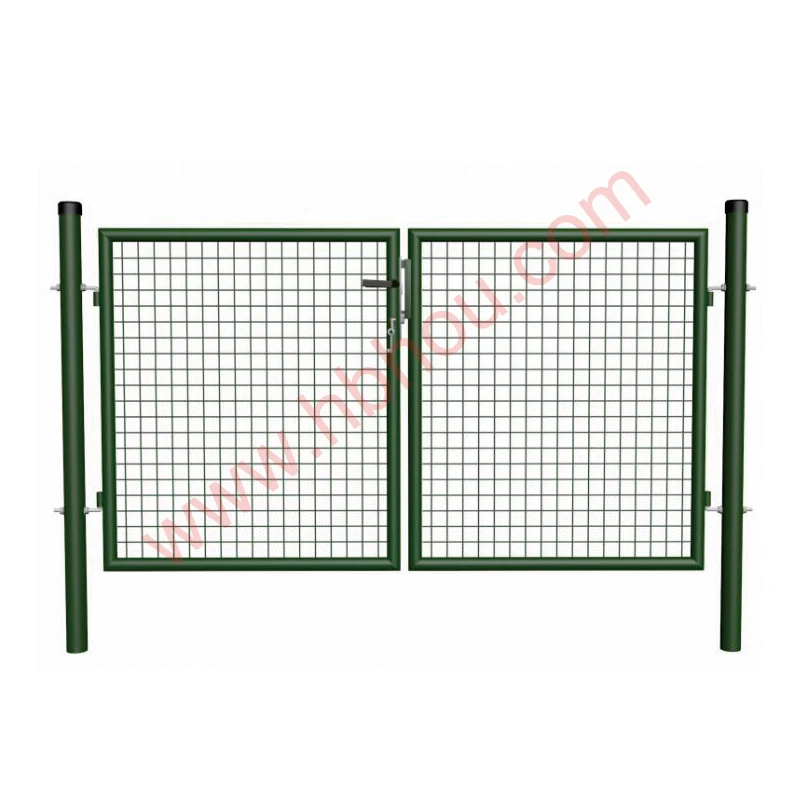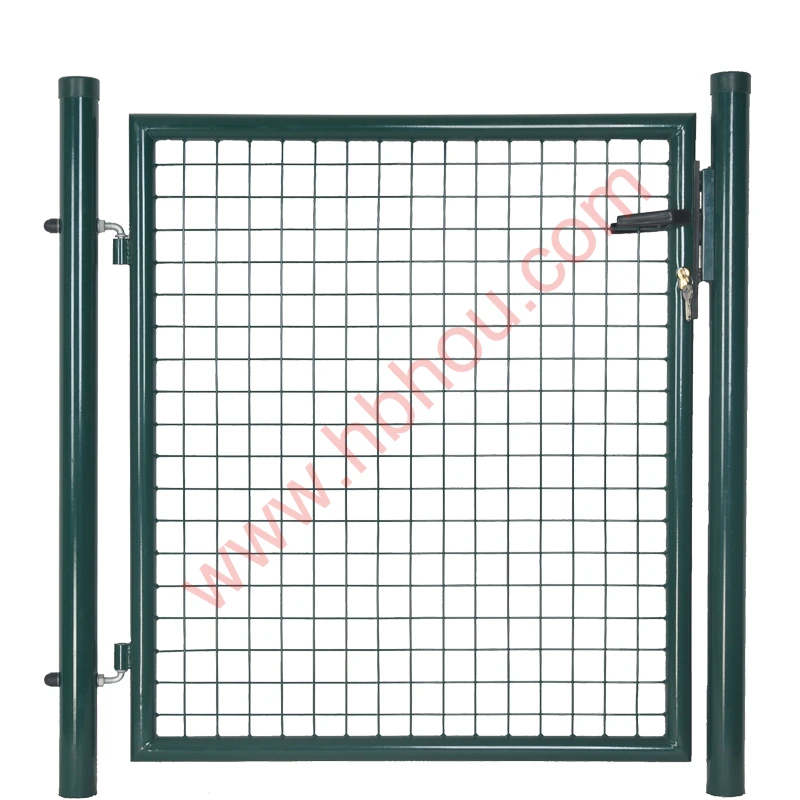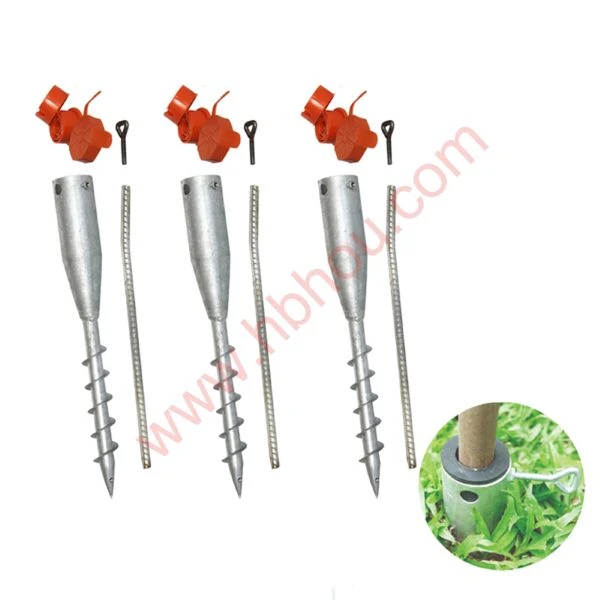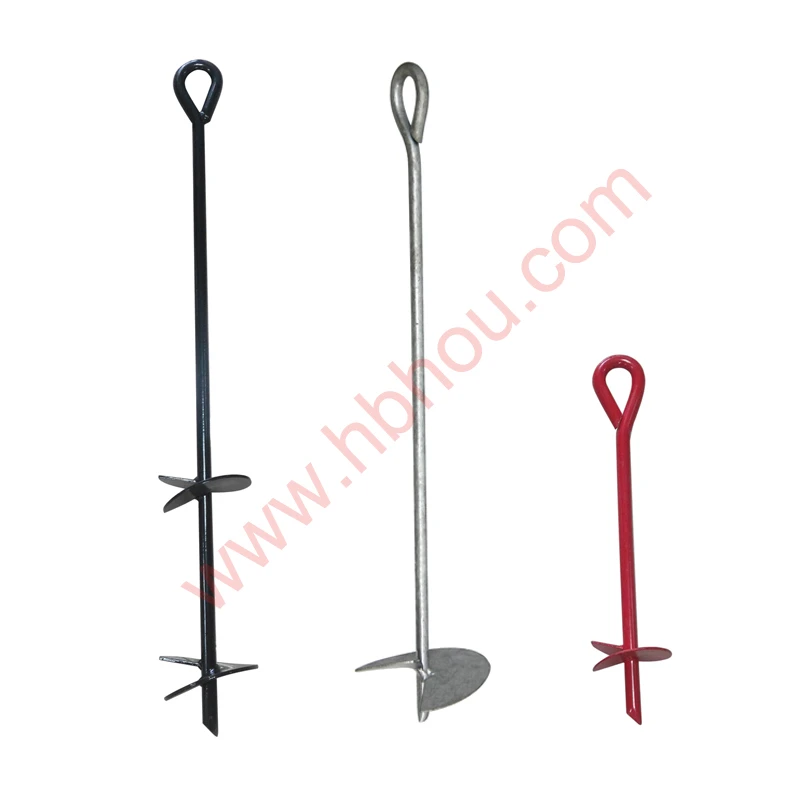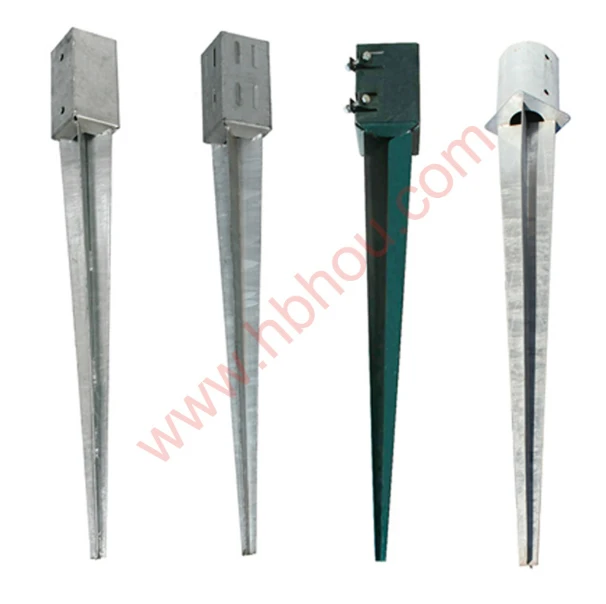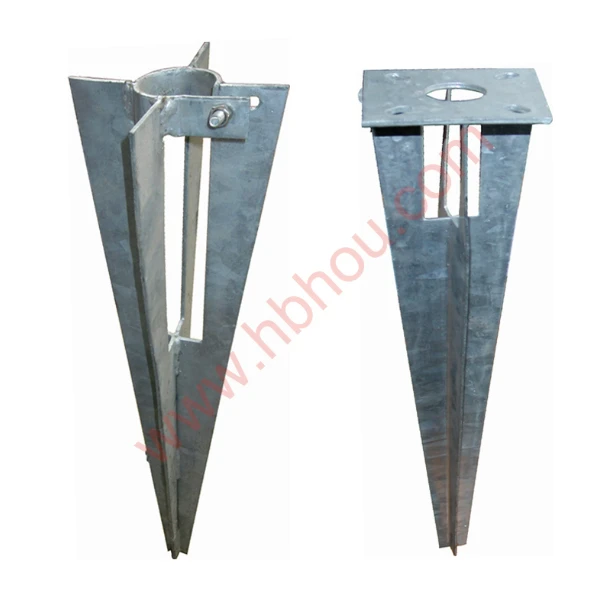Setting Fence Posts Without Concrete
When it comes to setting up a fence, one of the most crucial steps is securing the fence posts. Traditionally, many people have relied on concrete to anchor their fence posts, but there are alternative methods to stabilize these posts without the need for heavy, messy concrete. This article will explore various techniques for setting fence posts without concrete, ensuring that your fence is both sturdy and enduring.
Why Avoid Concrete?
While concrete is a traditional choice for setting fence posts, it comes with its downsides. It can be labor-intensive, requires time to cure, and can be expensive. Additionally, in certain terrains, moisture can accumulate around the base of the post, leading to premature rotting or instability. Using alternative methods can save money, time, and effort while still providing a resilient fence structure.
Tools and Materials Needed
Before starting, gather the following tools and materials
- Post hole digger or auger - Gravel (preferably crushed stone) - Wood or metal fence posts - Level - String line or measuring tape - Soil or dirt (native to your area)
Steps to Set Fence Posts Without Concrete
1. Preparation Planning and Marking Determine where your fence will run and mark the locations for your fence posts. Use a measuring tape and a string line to ensure a straight alignment and even spacing between posts.
2. Digging the Post Holes Use a post hole digger or auger to create holes for your fence posts. A hole that is at least 1/3 the length of the post is generally recommended for stability. For example, if your post is 6 feet long, dig a hole that is at least 2 feet deep.
setting fence posts without concrete
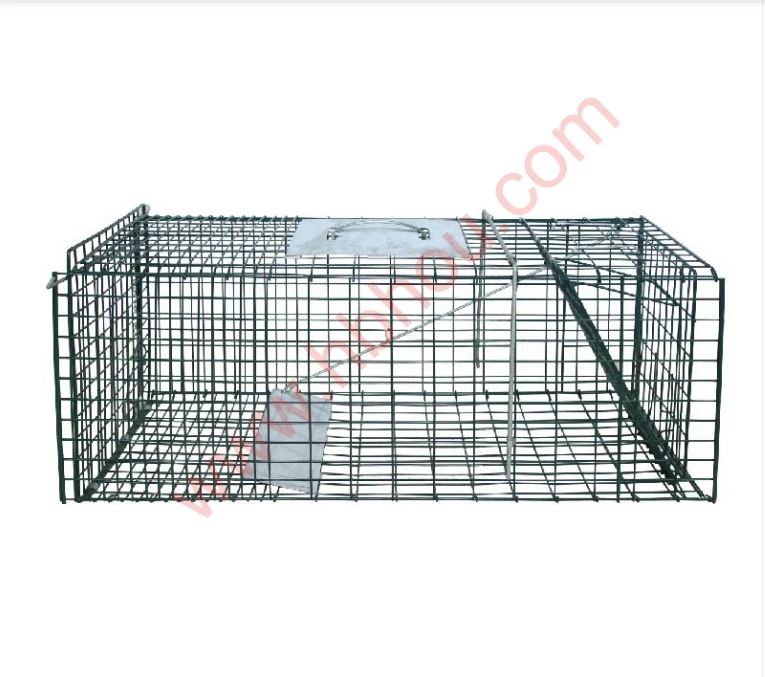
3. Adding Gravel Instead of concrete, use gravel as your anchor. Place 4-6 inches of gravel at the bottom of the hole. This gravel will facilitate drainage, helping to keep the base of the post dry and reducing the chance of rot.
4. Insert the Post Carefully insert your fence post into the hole over the gravel. Use a level to ensure that the post is straight both vertically and horizontally. This is a critical step, as a crooked post can mar the end result of your fence.
5. Backfilling with Soil and Gravel Once the post is positioned correctly, start backfilling the hole with a combination of soil and gravel. Fill the hole halfway, tamping down the soil to eliminate any air pockets. Then, add more gravel, which helps to lock the post in place. The ideal filling ratio can be about 50% soil and 50% gravel.
6. Final Adjustment and Tamping After backfilling, continuously check the post's alignment and make minor adjustments as needed. Tamping down the soil and gravel ensures a snug fit around the post, providing increased stability.
7. Curing Time While there's no concrete curing period, allow the soil and gravel mixture to settle for a day or two before attaching any fencing materials. This settling period ensures that the posts are firmly in place.
Maintenance Tips
Once your posts are set, maintain them to prolong their life
- Inspect Regularly Periodically check to ensure posts remain stable and upright. - Treat Wooden Posts If you’re using wooden posts, consider treating them with preservative or paint to protect against moisture and insects. - Reinforce When Necessary If you notice any leaning or instability over time, reinforce the post by adding additional soil or gravel.
Conclusion
Setting fence posts without concrete can be a practical, efficient, and cost-effective solution for many fencing projects. By utilizing gravel for drainage and stability, you can create a durable fence that stands the test of time. With careful planning and execution, your fence can provide the privacy and security you desire while being easy to maintain and install. Whether you’re creating a boundary line, a garden enclosure, or a decorative feature, these methods will ensure your fence posts are set up right without the need for concrete.









